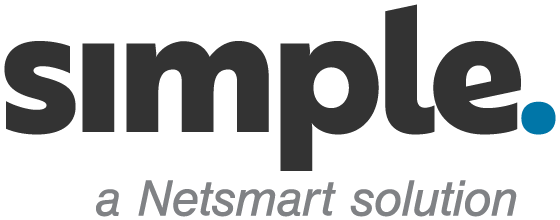Can you smell it? There’s something in the air and it’s getting stronger. No, it’s not the new Cinnabon at the mall (though that sounds pretty tasty right about now). I’m talking about the buzz surrounding healthcare price transparency.
The healthcare industry is evolving at a breakneck pace, and a big part of the change is the push for more transparent pricing of healthcare services and delivery. Achieving true transparency would be a monumental step forward for consumers, especially when you consider this craziness:
A simple cholesterol blood test at one California hospital costs $10, while at another it will set you back a whopping $10,169 — over 1,000 times more!
It’s time for healthcare data to be more open
Although an anecdotal example, it doesn’t take many situations like this before people start to demand a system that actually makes sense. But when it comes to giving consumers choice and control, the healthcare industry is way behind. And health industry leaders admit as much.
“We need to own this as an industry. We need to step up,” says Joseph Fifer, president and CEO of the Healthcare Financial Management Association, whose Price Transparency Task Force is pushing for health plans, hospitals, consumers and employers to jointly adopt price transparency. Accordingly, there are a number of leading organizations and technology companies joining the effort to make pricing information more accessible.
It’s likely we can all agree that healthcare pricing transparency is a good thing for consumers. It also makes sense for an employer mulling health plan options for employees.
But what about healthcare and long-term care providers themselves and the software they purchase? Shouldn’t they demand IT cost transparency as well?
Providers should demand price transparency too
The answer is yes. Research shows that the industry is evolving in that direction, particularly for software-as-a-service (SaaS) offerings. And it’s about time.
In the old packaged software era, companies taught their sales teams to keep software pricing information vague and mysterious until the deal was nearly closed. This benefitted the software vendor but left customers in the dark. And because of the one-time payment structure, it put the emphasis on the short-term deal, not a long-term partnership built on trust.
Today’s healthcare software world is thankfully different. The SaaS model provides customers with flexibility and choice. They can try before they buy and, since vendors often require no long-term commitment, they can walk away if the vendor or software fails to provide its promised value. This puts the focus on transparency and trust, allowing a business relationship to develop naturally over time.
The hard benefits of IT price transparency
Besides the “soft” benefit of creating an atmosphere of trust, there are several tangible, “hard” benefits to software price transparency. And they all have to do with making your business more efficient and profitable.
According to IT benchmarking firm Apptio, software costs represent the single greatest growth area in most IT budgets, increasing by more than 6% last year alone. Apptio suggests that IT cost transparency can help you:
- Optimize how your business uses IT resources.
- Drive down enterprise IT costs.
- Focus on IT spending that delivers business results.
- Enable IT visibility and proper billing.
- Understand which IT solutions can be consolidated or virtualized.
The benefits to price transparency in healthcare overall — and healthcare IT specifically — seem straightforward and long overdue.
It’s all about trust and openness
In fact, we’re proud to be one of the first vendors in our market segment to have made our pricing completely transparent. Yes, there’s risk, because it opens up our products and customer service to direct scrutiny. But we like that, because we must hold ourselves to the highest standard for performance in order to maintain our customers’ trust and loyalty.
Pricing transparency is all about openness and trust. Because that’s what the best relationships — in business and in life — are built on.




